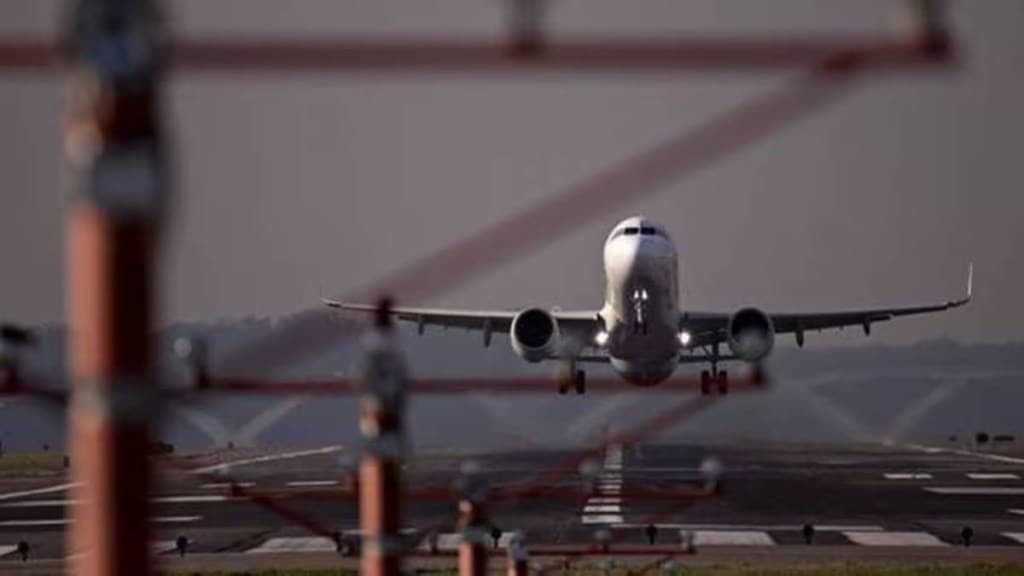The last six quarters have seen a 40% upsurge in domestic airfare on popular routes as a result of capacity constraints and rising demand. Experts point out that even with this increase, Indian ticket costs are still among the lowest in the world. India’s domestic passenger aviation market is rapidly increasing, with about 450,000 flights operating daily. On the contrary, only a meager percentage of people still travel by air, capacity restrictions present serious difficulties. The reason behind this is that several aircraft’s continued grounding because of disruptions in the supply chain.
Before the recent increase, average fares on the top 20 domestic routes had been comparatively stable for almost 20 years, according to aviation consultancy CAPA India. The important routes that are most impacted by average fares are Delhi-Hyderabad, Bengaluru-Delhi, Bengaluru-Mumbai, and Mumbai. Around 150 aircraft have been grounded because of the problem arising in the supply chain.
Factors behind the hike in air tickets:
Severe capacity shortages can also be blamed for the increase in ticket pricing. CAPA India presumes that high prices will continue to exist till FY2026. The president and CEO of InetrGlobe Technology Quotient Ltd, Sanjay Kumar pointed out that even though the company’s fares have increased, they are still among the cheapest. For instance, a flight from Delhi to Mumbai typically costs between Rs 5,000 and Rs 6,000. Even though this is a substantial percentage increase, the actual rise is not that great when one takes into account overall inflation, Kumar added.
According to Kumar, who has also worked as a former chief commercial officer of IndiGo, the cost of travel in India has declined over time in comparison to inflation. Several airlines found it difficult to run the operation because of financial issues caused by the low-fare environment. According to CAPA India, the average fare increased from Rs 4,989 in FY2004 to roughly Rs 11,000 in FY2020 after accounting for inflation. As real-term fares increased in the early 2000s, airlines broke even with less efficient operations.
According to data collected from aviation analytics firm Cirium, India ranked first among major markets in 2023 in the average domestic airfare category. The price of an airline ticket is not regulated in India and is fully driven by demand and supply. The affordability and paying capacity of Indian airfares are significantly higher than those in developed markets, according to an expert from the aviation industry.
How do the pricing techniques work?
According to CAPA India, airlines are using more strategic pricing techniques, with fares rising gradually in the month before departure, particularly in the final three days. Kumar underlined that airlines must strike a balance between the money they receive from fares and their costs, which represent operational effectiveness. He pointed out that while some airlines struggle financially despite high load factors and low fares, others could be profitable with lower load factors and reasonable fares. Pieter Elbers, CEO of IndiGo, stated in March that airfares in India are extremely competitive when compared to those in Europe, East Asia, and North America. Vinay Dube, the founder and CEO of Akasa Air, and Vinod Kannan, the CEO of Vistara, were also on the same boat, emphasizing that flights from India are among the cheapest in the world.
(With inputs from PTI)

